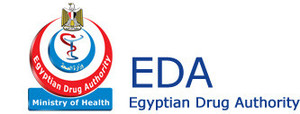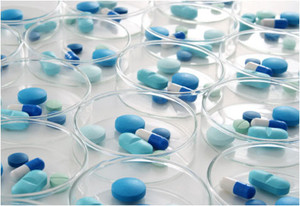The Egyptian Drug Authority (EDA) announced on 20 January 2013 that a draft guideline for the registration of biosimilars in Egypt had been released by the Central Administration for Pharmaceutical Affairs (CAPA) in coordination with the National Organization for Research & Control of Biologics (NORCB).
Egypt issues draft guidelines for biosimilars
Home/Guidelines
|
Posted 01/03/2013
 0
Post your comment
0
Post your comment

Regulations for the registration of biological products were implemented in Egypt in 2009 through Ministerial Decree 297/2009, adopting guidelines for submission of a registration dossier based on full data (quality, preclinical and clinical).
In Egypt, a biosimilar is described as a ‘biological product (other than blood-derived products their recombinant analogues, vaccines and sera) having the same active substance, dosage form, concentration and route of administration [as that] of a reference biological product and [having been] proven through a comparability program[me] that its quality, safety and efficacy is equivalent to a reference product when prescribed in a claimed indication’.
Furthermore, biosimilars are ‘officially-approved similar versions of innovator biopharmaceutical products made by a different sponsor’.
The Egyptian authorities have taken into account EMA, ICH and WHO guidelines when preparing these guidelines, along with the draft biosimilars guidance from FDA and India’s guidelines on ‘similar biologics’.
The proposed draft guideline aims to facilitate the registration of biosimilar products in Egypt through an abbreviated pathway.
Draft Guideline for Registration of Biosimilar Products
Date: 6 December 2012
http://www.eda.mohealth.gov.eg/Download/Docs/Final%20biosimilar%20guideline.pdf
The draft guideline takes into account the fact that:
- It is difficult to characterize/analyze all the quality attributes of a biosimilar which may contribute to its safety and efficacy profile and which may induce an unwanted immune response.
- Biosimilars are highly dependent on the manufacturing process, which can affect product quality, and the safety and efficacy profiles.
The Egyptian authorities will therefore allow two approaches to be used for the registration of biosimilars:
- Stand-alone approach: the manufacturer performs a complete product development programme (quality, preclinical and clinical studies) (excluded from the scope of this guideline).
- Biosimilar approach: the manufacturer performs a complete product chemistry, manufacturing and control (CMC) development process in addition to a comparability quality exercise, and reduced preclinical and clinical comparability studies in order to demonstrate the biosimilarity of the proposed biological product to a reference biological product.
The draft guideline has been released for ‘discussion purposes’ and feedback can be given via Biosimilars@eda.mohp.gov.eg. However, no timelines for feedback or when a final guideline will be released are given.
Editor’s comment
It should be noted that biosimilars approved outside of the EU may not have as strict a regulatory process as is required by EMA. EMA regulatory requirements ensure the same high standards of quality, safety and efficacy for biosimilars as for originator biologicals, and also include a rigorous comparability exercise with the reference product.
If you would like to receive a copy* of the proposed draft guideline please email us.
*For profit organizations subjected to a fee
Related articles
India releases draft ‘similar biologic’ guidelines
FDA finally issues draft biosimilar guidance
Global guidelines for biosimilars
Permission granted to reproduce for personal and educational use only. All other reproduction, copy or reprinting of all or part of any ‘Content’ found on this website is strictly prohibited without the prior consent of the publisher. Contact the publisher to obtain permission before redistributing.
Source: EDA
Policies & Legislation
ANVISA tackles 24-month backlog in biologicals post-registration petitions
US EO: delivering Most-Favored-Nation Prescription Drug Pricing to American patients
Most viewed articles
The best selling biotechnology drugs of 2008: the next biosimilars targets
Global biosimilars guideline development – EGA’s perspective
New guidance for biologicals in Pakistan and Hong Kong’s independent drug regulatory authority

Home/Guidelines Posted 20/10/2025
Canada poised to remove requirement for Phase III trials for biosimilars

Home/Guidelines Posted 22/07/2025
The best selling biotechnology drugs of 2008: the next biosimilars targets








Post your comment